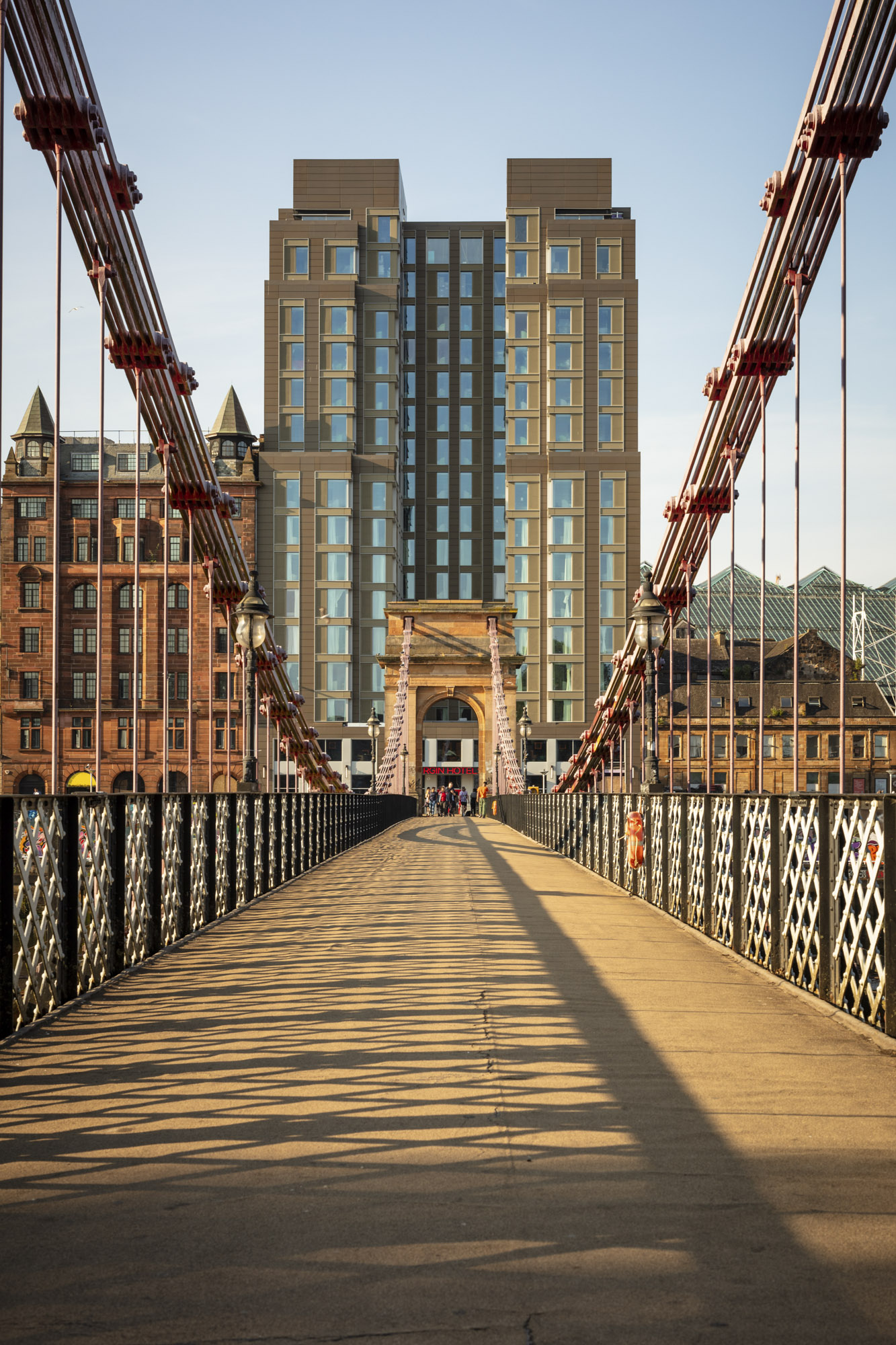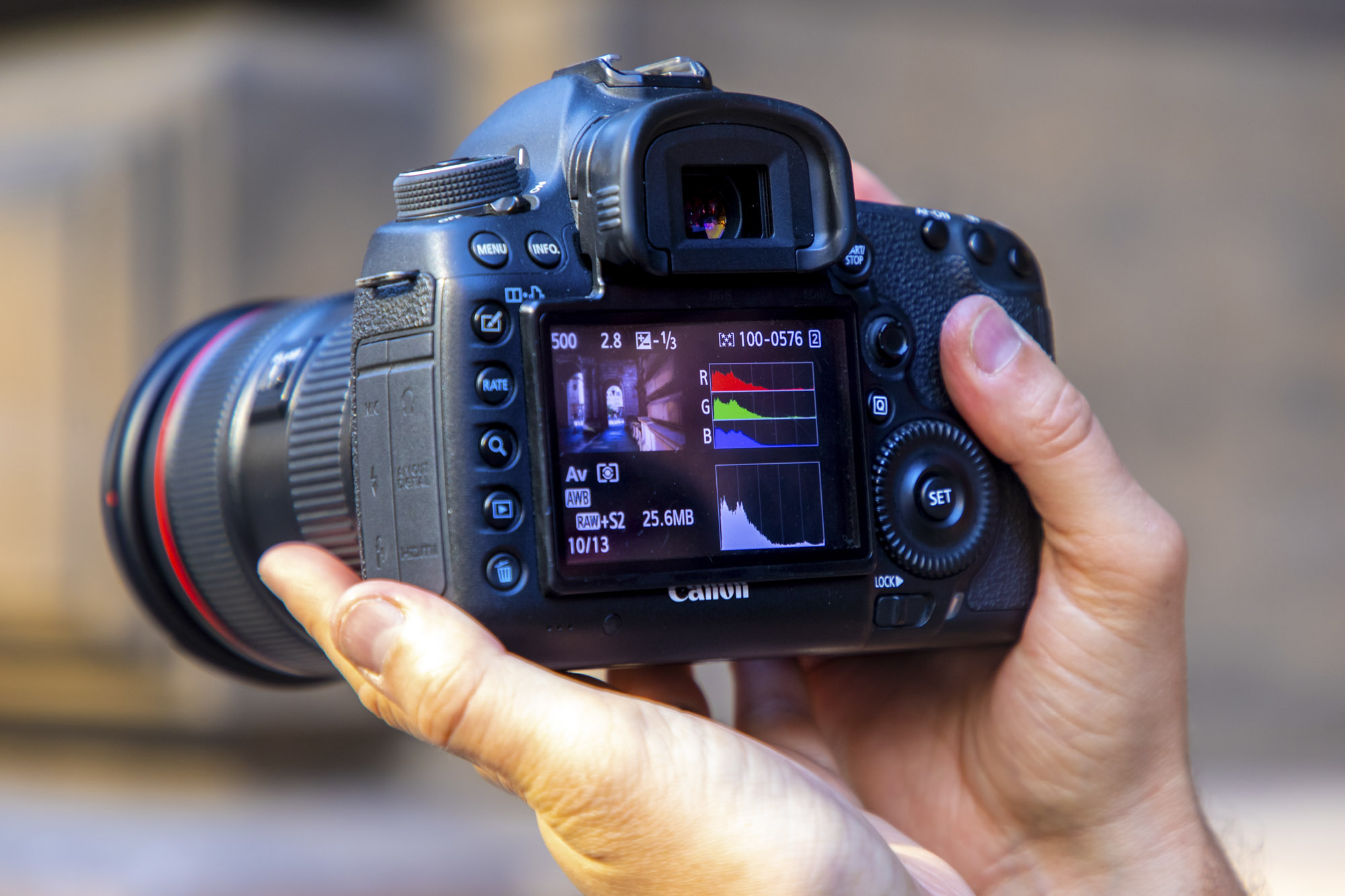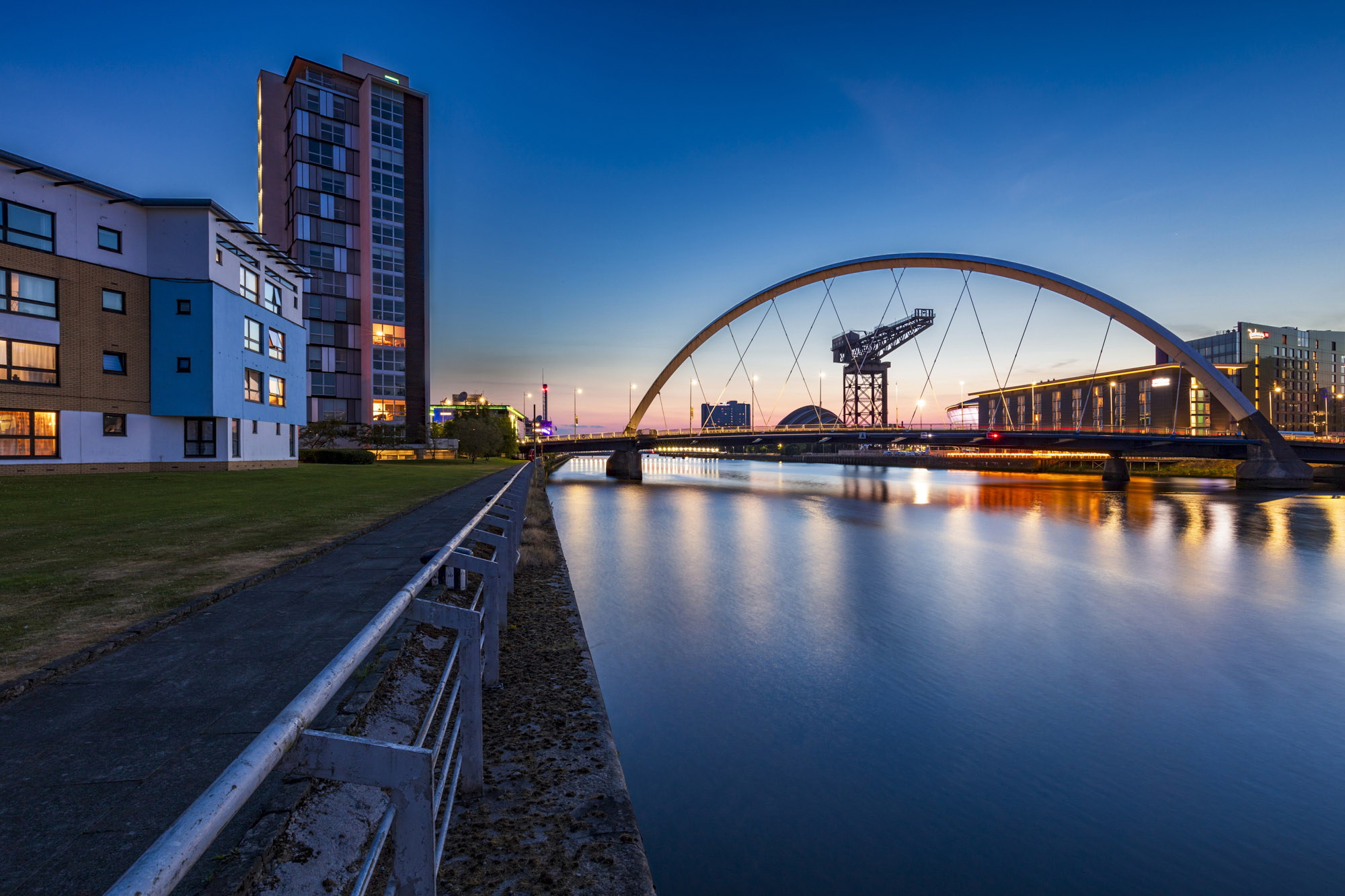
Cities are filled with fantastic photographic opportunities, whether that's focusing on the interesting characters going about their lives, or catching the brilliant details of architecture in buildings and skyscrapers.
The good news is that you can treat city scenes similar to landscapes, and the equipment needed is very similar. You can get great results with a DSLR or mirrorless camera with a kit lens, sturdy tripod, and a few filters. Cities have their own unique character, so wherever you are in the world you'll be able to head into town to catch some top urban scenes and get creative with your Canon EOS.
• To shoot stunning cityscapes of your own, check out the best cameras for street photography
Reader of PhotoPlus: The Canon Magazine, Kevin Moulds, is based in Glasgow and works in insurance. He’s an accomplished wedding photographer, comfortable shooting big crowds and in high-pressure situations, but would love to learn more about how to take better street shots. He turns to street photography to unwind and gets out and about with his camera to take urban shots after work and on his lunch breaks.
He’d like to know how to take better city photos so we’ve paired him up with city slicker Adam Bulley. Here's some of the top tips Adam taught Kevin on their workshop together around Glasgow in Scotland.
1. Use Av mode

Kevin is a wedding photographer with plenty of experience shooting in Manual mode. To begin with Adam suggested he shoot in Aperture priority (Av) mode in the daytime and move into Manual later when the light levels drop. Adam also suggested Kevin should shoot with a middle aperture, around f/8 on his 24-70mm lens so that more of the street scene would be in sharp focus. Though he told Kevin not to be afraid to open the aperture all the way if he wanted to bring attention to a certain focal point.

2. Use the histogram

Adam showed Kevin why he always checks the histogram after any important shot. It displays all of your exposure information from the deepest blacks on the left of the graph to pure white on the right and all of the mid-tones in-between. Switch on the histogram to appear over your image when shooting in Live View, or you can press the Info button in playback mode to see it. It’s worth checking to make sure the tones are evenly spread and not all bunched up on the left or right sides as this means your picture is over or underexposed and you will have lost some detail in the highlights or the shadows.

3. Professional tripod

A tripod is essential for taking sharp shots at night and even in the day for long exposures. Adam has a Gitzo GT3532LS Series 3 carbon fibre model. He’s paired it with an Arca-Swiss D4 Quickset Classic geared head for maximum precision. Kevin uses an entry-level tripod that needed the centre column to be raised. This is the wobbliest part of any tripod, so Adam enabled his 10-sec self-timer to mitigate camera shake.
4. Telephoto zoom lens

Adam prefers to use telephoto lenses over wide-angles as they compress the perspective, so your focal point doesn’t become lost like it would in a composition that was too wide. He uses the Canon EF 70-200mm f/4L IS II USM with his EOS DSLRs, although he also has a Canon RF 800mm F11 IS STM that he uses on his mirrorless EOS R5 when he needs the super-long telephoto reach.

5. Rule of thirds

Adam uses the rule-of-thirds grid overlay available on many Canon EOS cameras in the main menu by changing the Grid Display option. The 3x3 grid is overlaid on your scene when shooting in Live View and you can use it to place important points of interest and focal points or horizon on the grid lines, or two intersecting lines to give your images even more compositional clout.
6. Clear the streets

Some of the best places to take pictures in cities get heavy footfall and it can be hard to take a clean shot free from crowds. To make your tourists vanish you can set up on a tripod and either take several shots over a period of time and hope that the people move enough so that you can piece them together in Photoshop to create a totally clean scene. Another option is to attach a neutral density filter and extend the shutter speed to 30 secs, or even several minutes long. A long exposure will hopefully give you enough time to turn any moving people into invisible blurs!

7. Wide-angle zoom

Adam uses a wide-angle focal length on his Canon EOS 5DS R with his Canon EF 16-35mm f/4L IS USM and Sigma 14mm f/1.4 DG HSM Art lenses. Anything wider than 50mm on a full-frame is considered wide angle, and focal lengths such as 14mm or 16mm are considered super wide-angle, enabling you to squeeze even more of the scene into your composition, although they can suffer from barrel distortion and make straight lines in buildings look curved.
8. Custom white balance

If the colours in your city images aren’t quite right, one thing you can do is set a custom white balance. Make sure you’re shooting in the RAW file format so you capture all of the white balance information, this way you can change it back at your computer if needed. To get the colours as accurate as possible in-camera go into the White Balance setting on your Canon’s Quick Menu and choose from one of the presets, such as Cloudy, or set a custom value until your scene looks right.
9. L-bracket for EOS bodies

Adam has attached Three Legged Thing L-brackets to both of his Canon EOS cameras. These screw into the tripod attachment mount and have metal Arca-Swiss mount on the base and side of the bracket. When used with a tripod head that can accept an Arca-Swiss quick release plate it means the camera can be switched from landscape to portrait orientation in rapid time so you don’t miss the moment, all while keeping the weight over the centre of the tripod to keep it balanced.
10. Shooting a panorama

Even with a super wide-angle lens you may struggle to fit everything inside of your composition, plus a wide-angle lens can also cause problems with distortion. The solution could be to shoot a panorama. These shots work best with a standard/short telephoto focal length of around 50-200mm and this helps keep buildings looking straight. You’ll want to focus on your main building and switch to MF to keep it fixed, then in Manual mode, lock the exposure in so it doesn’t change between frames. Start on the left-most side of your panorama and take a series of shots moving towards your right-most point, try to ensure each image overlaps by about 30% to make it easier for software to stitch the images together. You can also get a panoramic look shooting with a wide-angle lens and a 16:9 aspect ratio too.
If you're really into city photography, you'll want to check out the best street lenses. Adam uses a Canon EOS R5. To see his stunning portfolio check out his Instagram, or to book a workshop visit his website.







